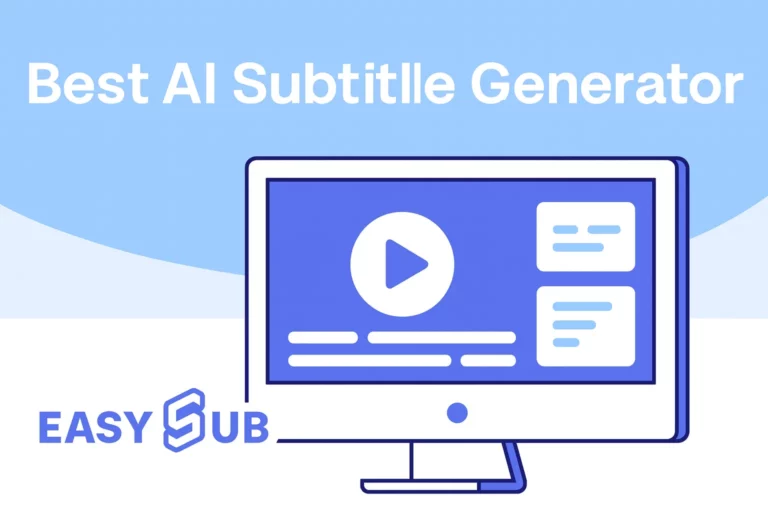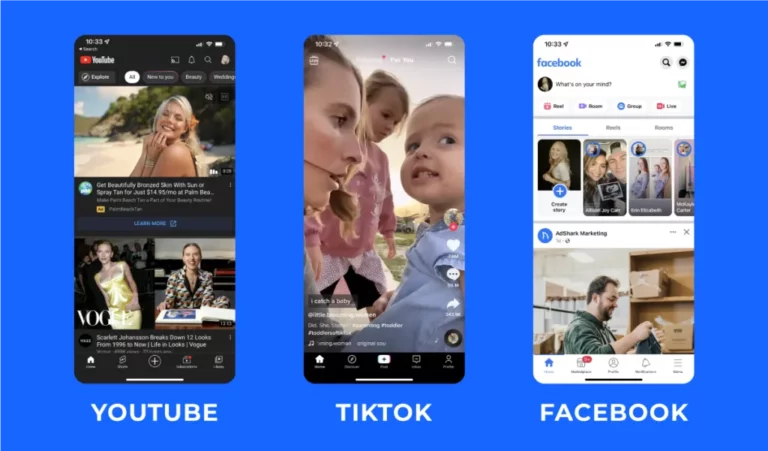Nella creazione di contenuti YouTube e nella loro diffusione localizzata, didascalie generate automaticamente Sono una funzionalità di grande valore. Basandosi sul sistema di riconoscimento vocale (ASR) di Google, può identificare automaticamente l'audio dei video e generare sottotitoli corrispondenti, aiutando così i creatori a migliorare l'accessibilità dei video, ampliare il proprio pubblico e soddisfare gli standard di ottimizzazione SEO. Soprattutto nei mercati multilingue come l'India, i sottotitoli in hindi hanno un impatto diretto sulla comprensione dei contenuti da parte degli spettatori e sul peso delle raccomandazioni algoritmiche. Tuttavia, molti creatori hanno recentemente scoperto che il sistema non riesce a generare automaticamente i sottotitoli in hindi, quindi Perché i sottotitoli in hindi generati automaticamente non sono disponibili su YouTube?
Non si tratta semplicemente di un problema di riconoscimento della lingua, ma coinvolge anche il supporto del modello di YouTube, le restrizioni regionali e i meccanismi di impostazione dei contenuti. Questo blog analizzerà approfonditamente, sia da un punto di vista tecnico che pratico, le ragioni per cui la funzione di sottotitoli automatici di YouTube non funziona nell'ambiente di lingua hindi. Nel frattempo, presenteremo anche un'alternativa più affidabile: la generazione e l'ottimizzazione manuale di sottotitoli in hindi più accurati tramite Easysub.
Sommario
Comprendere il principio di funzionamento di I sottotitoli automatici di YouTube Può aiutare gli utenti ad avere un'idea più chiara dei suoi vantaggi e limiti. La funzione Auto-Caption di YouTube si basa sul sistema di riconoscimento vocale di Google ed è una delle prime piattaforme video ad applicare l'ASR (Automatic Speech Recognition) su larga scala a livello globale.
① Principio fondamentale: ASR (riconoscimento automatico del parlato)
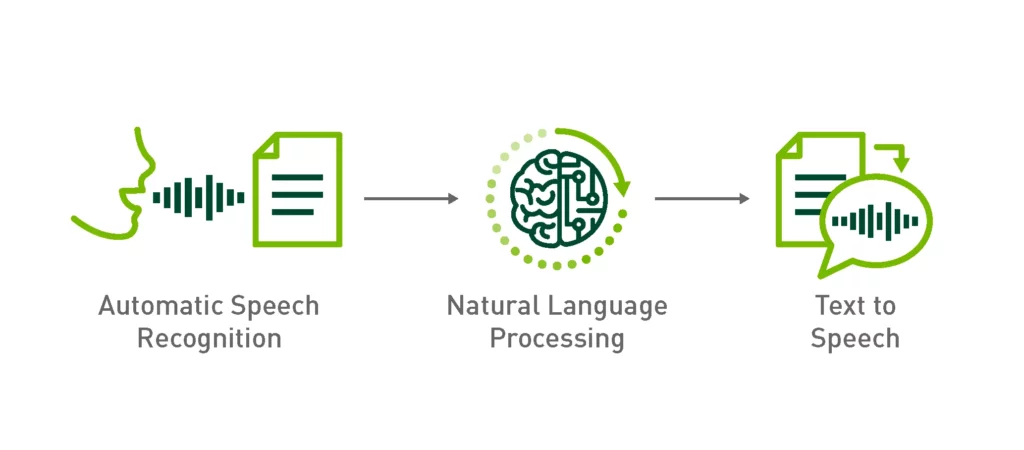
Il sistema di YouTube converte i segnali vocali in contenuti testuali analizzando le tracce audio dei video.
- Si basa sull'algoritmo di apprendimento profondo di Google Speech Model, in grado di riconoscere schemi vocali, interruzioni di frase e punteggiatura.
- Il modello apprende continuamente da milioni di ore di dati di addestramento per migliorare la precisione del riconoscimento.
- Il sistema genera automaticamente anche codici temporali per mantenere i sottotitoli sincronizzati con il video.
② Copertura del modello linguistico
Non tutte le lingue supportano i sottotitoli automatici. La copertura del modello linguistico di YouTube dipende da Google Speech Model Coverage.
Sono disponibili modelli per adulti per lingue come inglese, spagnolo, giapponese e francese. Tuttavia, lingue come hindi, vietnamita o alcuni dialetti arabi sono disponibili solo in regioni o canali specifici. Il sistema determinerà automaticamente se abilitare i sottotitoli automatici in base all'impostazione della lingua del canale e al contenuto audio.
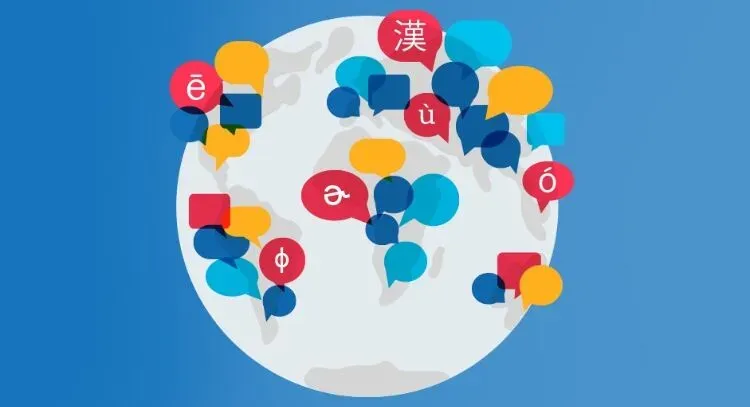
Per esempio:
Se carichi un video con un inglese chiaro e poco rumore di fondo, il sistema solitamente genera sottotitoli accurati entro pochi minuti. Tuttavia, per video con accenti forti, lingue miste o ambienti rumorosi, i sottotitoli potrebbero essere in ritardo, contenere errori di riconoscimento o non essere generati affatto.
③ Condizioni di generazione e meccanismi di attivazione
YouTube attiverà il sistema di sottotitoli automatici solo quando saranno soddisfatte le seguenti condizioni:
- Il video e l'audio sono chiari e riconoscibili.
- La lingua selezionata rientra nell'intervallo supportato dal sistema.
- Il video non è contrassegnato come "Copyright limitato" o "Non adatto all'elaborazione automatica".
- L'autore del caricamento ha abilitato la funzione "Sottotitoli/CC".
Quando il sistema rileva un video che soddisfa i requisiti, eseguirà automaticamente il riconoscimento in background. Una volta completato il riconoscimento, il file dei sottotitoli verrà associato direttamente al video e gli utenti potranno visualizzarlo e modificarlo nella scheda "Sottotitoli".
Perché i sottotitoli in hindi generati automaticamente non sono disponibili
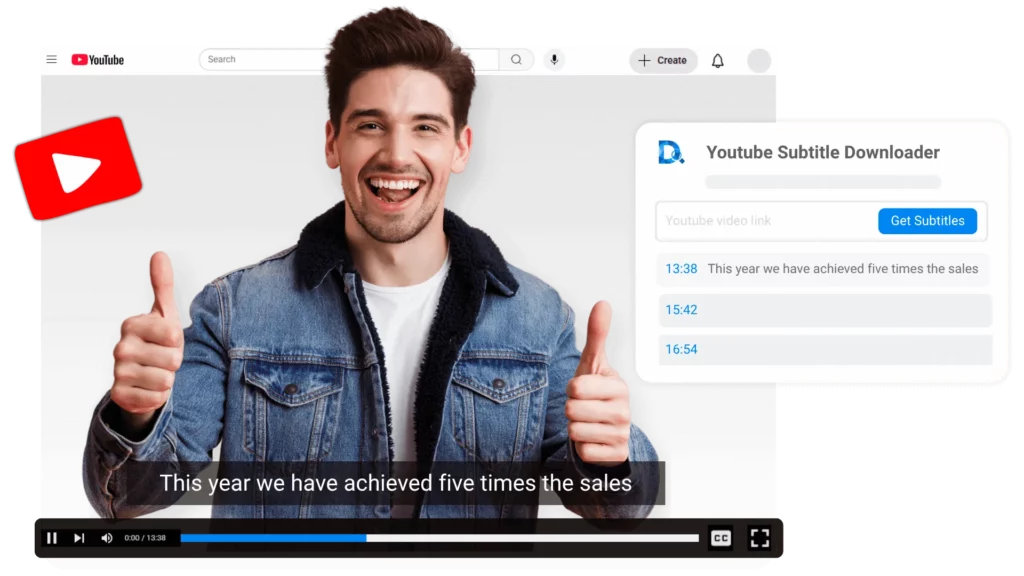
Molti creatori hanno scoperto che anche se il contenuto video è in hindi, YouTube non genera ancora automaticamente i sottotitoli in hindi. Non si tratta di un caso isolato, ma è causato da una combinazione di fattori tecnici e politici.
1. Disponibilità del modello linguistico
Il sistema di sottotitoli automatici di YouTube si basa sul modello vocale di Google. Sebbene l'hindi sia una delle lingue più parlate al mondo, il modello ASR per l'hindi non è ancora stato completamente implementato in tutte le regioni e in tutti gli account.
- In alcune regioni il modello Google Speech è ancora in fase di test o di implementazione graduale.
- Anche se su determinati canali vengono caricati video in hindi, la funzionalità potrebbe non essere abilitata a causa di restrizioni regionali o di autorizzazioni dell'account.
- I video misti multilingue (ad esempio "Hinglish" – Hindi + Inglese) vengono spesso identificati dal sistema come "contenuto non in puro hindi", saltando così il processo di generazione automatica.
Suggerimenti per la soluzione:
- Prova a impostare la regione del tuo account YouTube su India.
- Durante il caricamento, seleziona la traccia audio "bilingue inglese + hindi", che può aiutare ad attivare il riconoscimento ASR.
- Se ancora non è possibile abilitarlo, puoi utilizzare Easysub per generare prima i sottotitoli in hindi e poi importarli su YouTube.
2. Qualità audio e rumore
I sistemi di sottotitoli automatici si basano su un input vocale chiaro per il riconoscimento del testo. Nei video in hindi, il rumore di fondo, le variazioni di accento, la presenza di più speaker o l'Hinglish spesso causano errori o fallimenti nel riconoscimento. Quando il sistema rileva che l'audio non raggiunge la soglia di riconoscimento, YouTube disattiva automaticamente la funzione Sottotitoli automatici per impedire la generazione di sottotitoli di bassa qualità.
Suggerimenti per l'ottimizzazione:
- Per mantenere la voce chiara, usa microfoni o dispositivi di registrazione che eliminano il rumore.
- Evita che più persone parlino contemporaneamente.
- Assicurarsi che la traccia audio del video abbia una frequenza di campionamento di almeno 48 kHz.
- Prima di caricare, puoi controllare la frequenza di riconoscimento audio in Easysub per assicurarti che sia superiore a 90%.
3. Configurazione errata del tag di lingua
Molti creatori non impostano correttamente il tag della lingua quando caricano i video, e questa è una causa comune per cui il sistema giudica male la lingua e salta il riconoscimento.
- Se la lingua selezionata è "Inglese (Stati Uniti)" o non è specificata durante il caricamento, il sistema non tenterà di generare sottotitoli in hindi.
- Il rilevamento della lingua tramite intelligenza artificiale di YouTube non è sensibile ai contenuti in lingue miste e potrebbe contrassegnarli direttamente come "Lingua sconosciuta".
Metodo di riparazione:
Vai a YouTube Studio → Dettagli video → Lingua → Imposta su Hindi (India). Quindi salva le modifiche e attendi che il sistema rielabori i sottotitoli.
Dopo aver effettuato nuovamente la modifica, puoi attivare il sistema per effettuare una nuova identificazione "caricando nuovamente la traccia audio".
4. Limitazione della politica o dei diritti
Anche se il video ha una buona qualità audio e un linguaggio corretto, il sistema potrebbe non generare automaticamente i sottotitoli a causa di problemi di copyright o di conformità dei contenuti. Questo perché il sistema di rilevamento del copyright (Content ID) di YouTube ha la priorità sul modello ASR.
- Se il video utilizza musica, spezzoni di film o contenuti di notizie protetti da copyright, il modulo ASR si interromperà automaticamente.
- Anche i video che vengono considerati "contenuti limitati" non entreranno nella coda dei sottotitoli automatici.
Si raccomanda di evitare il più possibile l'utilizzo di materiale audio o video non autorizzato. Per i video didattici o di revisione, si consiglia di aggiungere una narrazione originale o musica di sottofondo. Se è necessario aggiungere contenuti protetti da copyright, generare prima i sottotitoli in Easysub e poi caricarli su garantire la completezza e la legalità dei sottotitoli.
5. Ritardo nell'aggiornamento del sistema
Il modello di intelligenza artificiale di YouTube non viene aggiornato tutto in una volta ma tramite un implementazione graduale meccanismo. Ciò significa che alcune regioni o account potrebbero temporaneamente non essere in grado di utilizzare Hindi Auto Caption, anche se il sistema lo supporta ufficialmente in India o in altri Paesi.
- Gli aggiornamenti dei modelli richiedono in genere da diverse settimane a diversi mesi.
- Alcuni vecchi canali o account aziendali potrebbero ricevere gli aggiornamenti in ritardo.
Metodo di ispezione:
Vai a YouTube Studio → Sottotitoli → Generati automaticamente per verificare se c'è un'opzione per Hindi (automatico) o Sottotitoli in hindi generati da YouTube. Se questa opzione non è disponibile, puoi verificarla caricando lo stesso video su un canale di prova.
Come risolvere o aggirare il problema
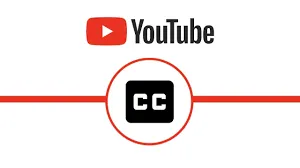
Se scopri che YouTube non genera automaticamente i sottotitoli per i video in hindi, non arrenderti. Questo problema può essere solitamente risolto impostando correttamente la lingua, ottimizzando l'audio o utilizzando uno strumento di sottotitoli di terze parti. Ecco quattro metodi comprovati ed efficaci.
Metodo 1: impostare manualmente la lingua e rielaborare i sottotitoli
Molti video non riescono a generare sottotitoli in hindi perché il tag della lingua non è stato impostato correttamente durante il processo di caricamento.
- Aprire YouTube Studio → Sottotitoli → Aggiungi lingua → Hindi.
- Selezionare Hindi (India) e salva.
- Se il sistema non lo genera immediatamente, puoi ricaricare un breve video per verificare se il riconoscimento automatico è stato attivato.
Dopo aver cambiato lingua, il sistema potrebbe impiegare 24-48 ore per rianalizzare l'audio. Assicurati che il video e l'audio siano chiari e che la velocità di conversazione sia moderata, il che aiuterà ad attivare il motore di sottotitoli automatico.
Se YouTube non ha ancora generato i sottotitoli in hindi, la soluzione più diretta è utilizzare uno strumento professionale per la generazione di sottotitoli. Easysub integra Google Cloud Speech con il suo Modello ASR Hindi personalizzato, e ha ottimizzato il parlato per l'hindi e l'hinglish.
Vantaggio principale:

- Riconosci e genera automaticamente sottotitoli in hindi ad alta precisione.
- Supporta l'importazione diretta di URL video o file audio di YouTube, senza bisogno di scaricare il video.
- Fornire la funzione di generazione simultanea di sottotitoli in cinese, inglese e hindi, completando automaticamente la traduzione e la corrispondenza dell'asse temporale.
- Potere esportare i sottotitoli in formato standard (SRT, VTT, ASS) in un clic, compatibile su tutte le piattaforme.
Scenari applicabili: creatori di contenuti su YouTube, istituti scolastici, team di marketing transfrontalieri. Particolarmente adatto per video didattici o di prodotto che richiedono sottotitoli multilingue.
Metodo 3: Migliorare la qualità audio
Indipendentemente dal metodo di generazione dei sottotitoli utilizzato, la qualità audio rimane il fattore determinante fondamentale. L'ottimizzazione dell'audio può migliorare significativamente il tasso di riconoscimento del modello ASR e ridurre omissioni o errori.
Il rapporto segnale/rumore audio (SNR) supera i 30 dB e la precisione del riconoscimento dei sottotitoli può essere aumentata di oltre 20%.
- Utilizzare microfoni di alta qualità con cancellazione del rumore (come quelli della serie Rode, Shure o Blue).
- Dopo la registrazione, utilizzare software di pulizia audio (come Audacity, Adobe Audition) per rimuovere il rumore di fondo.
- Mantieni una velocità di conversazione costante ed evita che più persone parlino in sovrapposizione.
- Prova a girare in un ambiente di registrazione chiuso e silenzioso.
Metodo 4: Carica manualmente i file dei sottotitoli (SRT/VTT)
Se il riconoscimento automatico non può essere sempre abilitato, è possibile risolvere il problema caricamento manuale del file dei sottotitoli.
- Genera e correggi i sottotitoli in hindi in Easysub.
- Esporta in SRT o VTT formato di file.
- Torna a YouTube Studio → Sottotitoli → Aggiungi sottotitoli → Carica file, e caricare il file corrispondente.
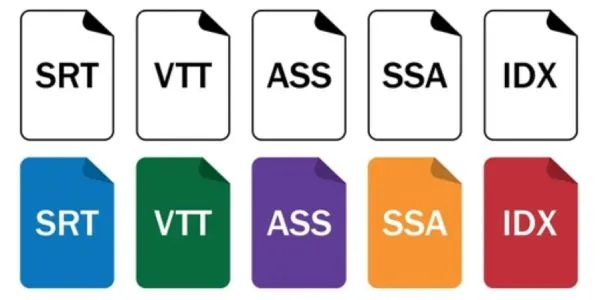
Ciò non solo consente di aggiungere immediatamente i sottotitoli in hindi al video, ma consente anche di modificarlo e aggiornarlo facilmente in qualsiasi momento.
Easysub vs sottotitoli automatici di YouTube
| Caratteristica | Sottotitoli automatici di YouTube | Sottotitoli Easysub |
|---|---|---|
| Precisione del riconoscimento dell'hindi | Circa 60–70%, a seconda della regione e della copertura del modello | Fino a 95%, basati su set di dati addestrati personalizzati e modelli ASR ottimizzati |
| Supporto multilingue | Limitato ad alcune lingue principali | Supporti Oltre 100 lingue, tra cui hindi, hinglish, cinese, francese, ecc. |
| Modificabilità | Non può essere modificato dopo la generazione automatica | Supporti editing online + correzione di bozze tramite intelligenza artificiale, con opzioni di regolazione manuale |
| Formati di output | Visibile solo su YouTube, non scaricabile | Supporta l'esportazione SRT / VTT / TXT / ASS file dei sottotitoli |
| Uso professionale | Progettato per i creatori di video in generale | Progettato per aziende, istituti scolastici, localizzazione e team globali |
| Traduzione e sincronizzazione temporale | Nessuna funzione di traduzione automatica | Supporti traduzione multilingue + allineamento temporale automatico |
| Piattaforme supportate | Limitato all'uso solo su YouTube | Compatibile con YouTube, TikTok, Vimeo, Premiere Pro, e altre piattaforme importanti |
Easysub Insight
Per i creatori di contenuti che mirano a generare con precisione sottotitoli in hindi, Easysub non è solo un'alternativa ai sottotitoli automatici di YouTube, ma piuttosto una soluzione di sottotitoli realmente globalizzata.
È decisamente superiore in termini di precisione del riconoscimento, copertura linguistica, esportazione di file e collaborazione di gruppo, consentendo ai creatori di raggiungere facilmente una situazione vantaggiosa sia per la localizzazione che per l'internazionalizzazione dei contenuti.
FAQ
D1: Perché non riesco a vedere "Hindi generato automaticamente" nei miei sottotitoli di YouTube?
→ Questo è uno dei problemi più comuni. Il modello ASR (Automatic Speech Recognition) di YouTube è ancora in fase di graduale implementazione. Alcuni account o regioni non hanno ancora abilitato la funzione di riconoscimento vocale in hindi, quindi l'opzione “"Hindi generato automaticamente"” non verrà visualizzato.
Suggerimento per la soluzione: prova a impostare la lingua del canale su Hindi (India) e verificare che la qualità audio sia chiara. Se ancora non funziona, puoi usare Easysub per generare e caricare automaticamente il file dei sottotitoli.
D2: Come posso abilitare manualmente i sottotitoli in hindi?
→ Vai a YouTube Studio → Sottotitoli → Aggiungi lingua → Hindi. Quindi seleziona "Aggiungi sottotitoli" e carica il file dei sottotitoli (SRT/VTT) che hai esportato da Easysub. Il sistema adatterà automaticamente la sequenza temporale e la visualizzerà con sottotitoli in hindi.
Se l'audio originale del video contiene un mix di inglese e hindi (hinglish), si consiglia di caricare entrambi i tipi di sottotitoli contemporaneamente per migliorare il riconoscimento e la qualità di visualizzazione.
D3: YouTube supporterà in futuro i sottotitoli automatici in hindi?
→ Sì, Google ha confermato ufficialmente nella sua documentazione che sta gradualmente espandendo la disponibilità del Modello ASR in hindi.
Attualmente, è disponibile solo in alcune regioni dell'India e per alcuni account creator. In futuro, coprirà più regioni e tipologie di canali. Si prevede che entro i prossimi 6-12 mesi, i sottotitoli automatici in hindi saranno stabili quanto quelli in inglese, spagnolo e altre lingue.
D4: Easysub può generare sottotitoli per le lingue regionali indiane?
Sì. Il motore di sottotitoli AI di Easysub ha coperto una varietà di lingue regionali indiane, tra cui:
- Tamil (lingua tamil)
- Telugu (lingua telugu)
- Marathi (lingua marathi)
- Gujarati (lingua gujarati)
- Bengalese (lingua bengalese)
- Kannada (lingua kannada)
Gli utenti possono caricare direttamente i video o inserire link di YouTube e il sistema riconoscerà automaticamente la voce e genererà i sottotitoli nella lingua corrispondente.
Genera sottotitoli hindi accurati in pochi minuti con Easysub
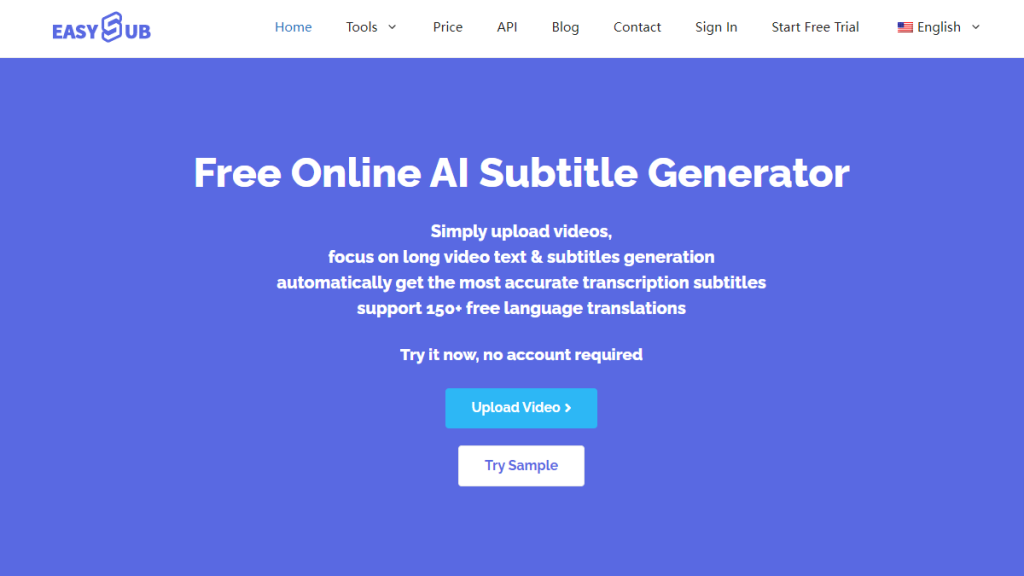
La funzionalità di sottotitoli automatici in hindi su YouTube non è ancora completamente disponibile in tutto il mondo, ma questo non significa che non puoi fornire sottotitoli di alta qualità al tuo pubblico. Easysub ti consente di generare automaticamente didascalie hindi ad alta precisione in pochi minuti, senza dover attendere gli aggiornamenti di sistema. Puoi anche esportarli in formati standard come SRT, VTT e ASS con un solo clic, per poi caricarli direttamente su YouTube o altre piattaforme video.
Che tu sia un creatore di contenuti, un istituto scolastico o un team di marketing di un marchio, Easysub può aiutarti a risparmiare tempo e ad aumentare la professionalità, consentendo a ogni video di raggiungere un pubblico più ampio, superando le barriere linguistiche.
👉 Ottieni subito una prova gratuita di Easysub e intraprendi il tuo viaggio nei sottotitoli multilingue.
Grazie per aver letto questo blog. Non esitate a contattarci per ulteriori domande o esigenze di personalizzazione!



